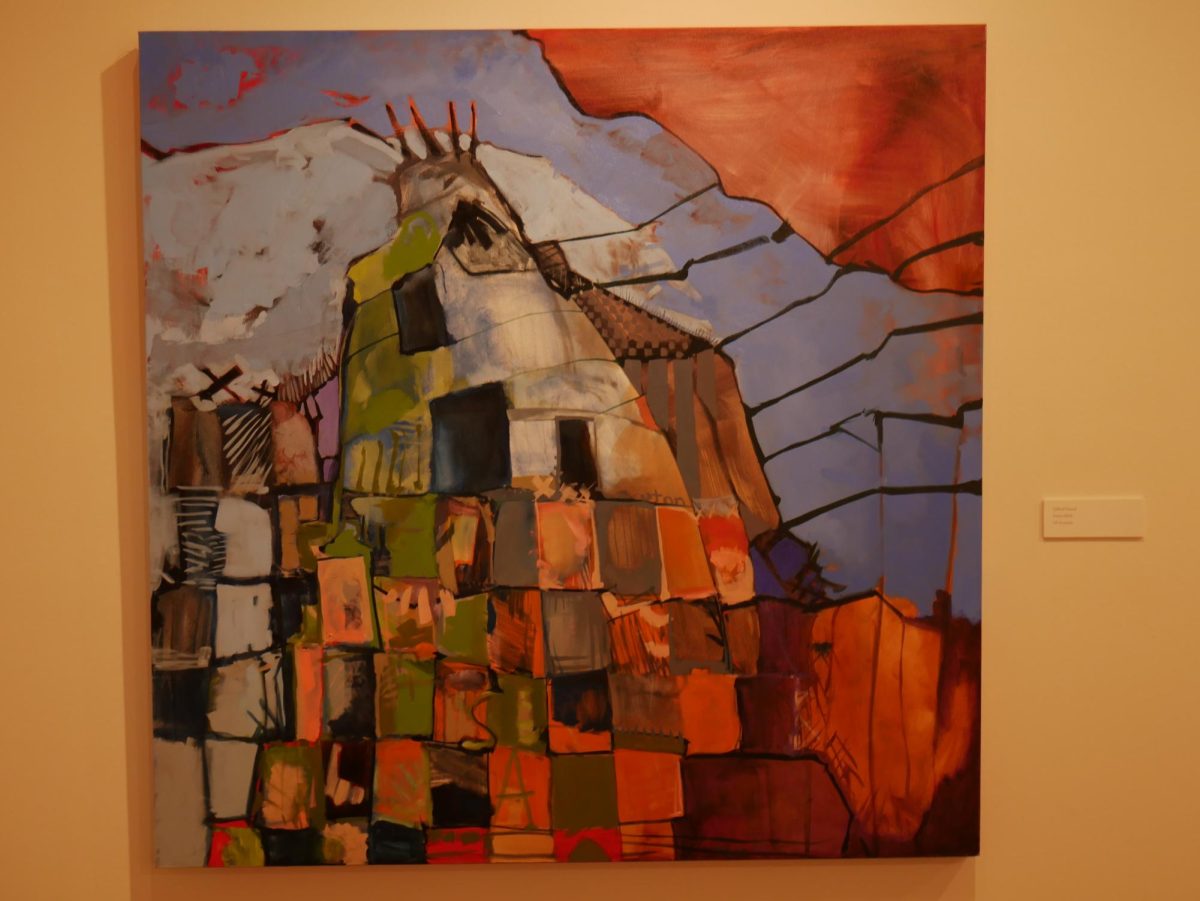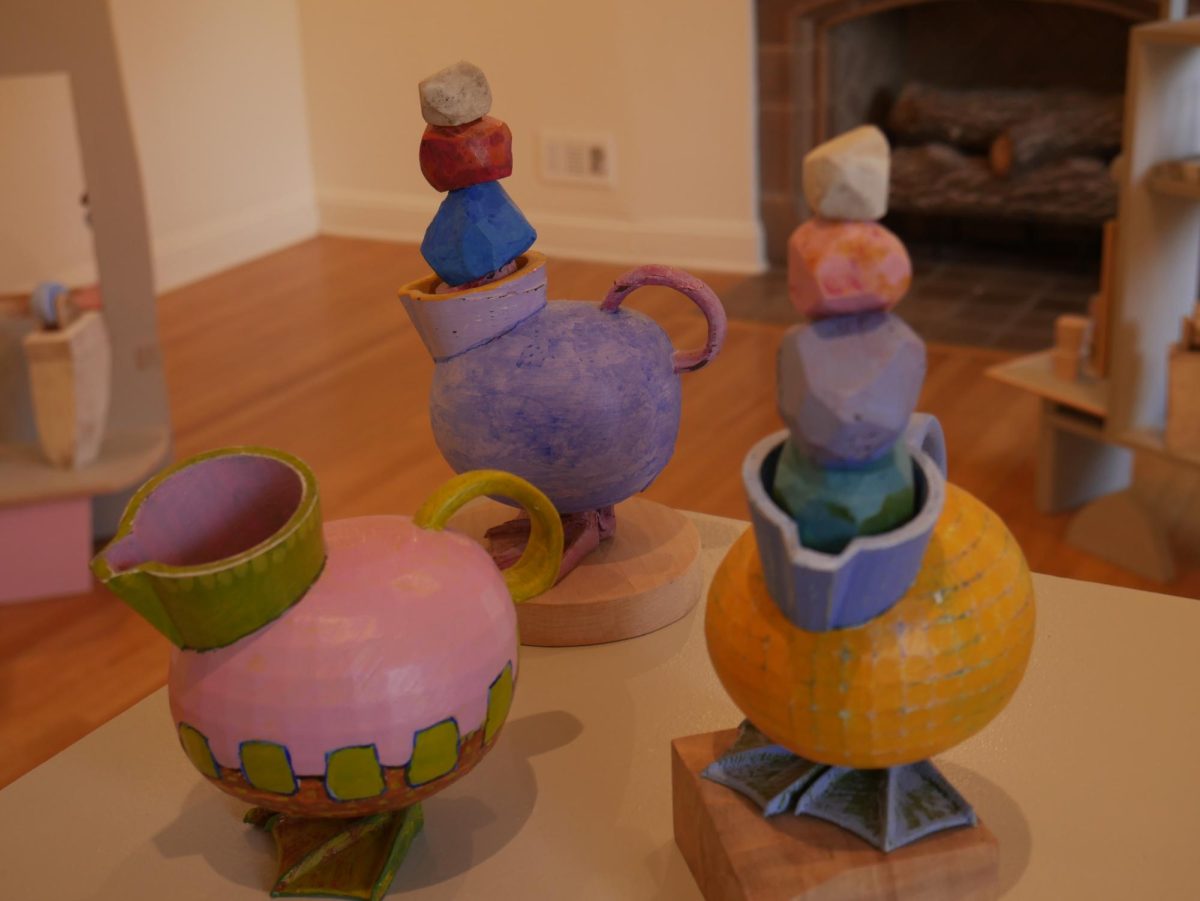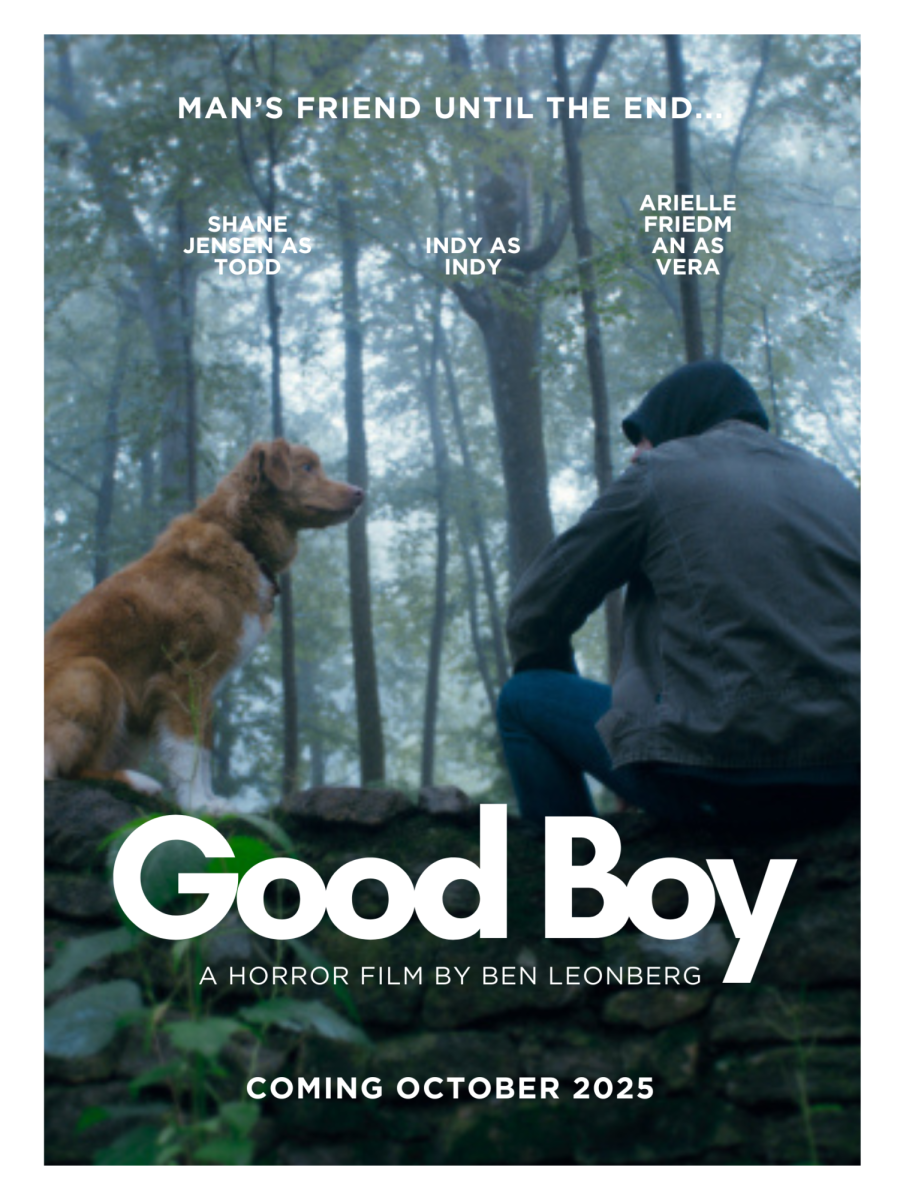The Masur Museum of Art in Monroe is presenting Swimming in the Sky, a new solo exhibition by Clifford Tresner, an art professor in the School of Visual and Performing Arts at the University of Louisiana Monroe. The show features paintings and sculptures that explore memory, imagination and the relationship between materials. On view through November 1, the exhibit combines recent work with older pieces drawn from collectors and the artist’s own collection. Its purpose is to trace a creative arc grounded in his childhood, and to let the viewer invent stories along the way. The gallery is avaliable to the public for free at Monroe, 1400 S. Grand St.
Walking into the galleries at the Masur Museum of Art, it’s easy to notice the variety of materials Tresner uses: steel, wood, ceramics, traditional paint, and even pieces that mix them all together. Evelyn Stewart, the museum’s director, said the variety feels “varied yet cohesive … playful and very beautiful.”
Even though the materials are so different, Stewart said the exhibit still feels connected through Tresner’s colors and style. Soft pastels and abstract shapes pervade the collection, giving the show a quiet rhythm that draws you in.
Tresner said, “Swimming in the Sky” comes from his childhood memories. He remembered lying in the grass and staring at the sky, imagining it as an ocean. Planes, birds, insects and contrails became creatures moving across the horizon, drifting like water.
“That sense of play opens pathways to creativity and creative problem solving and is essential to my work.” Tresner said.
That playfulness is balanced by structure. Some pieces feel light, like polished steel curves or wooden shapes that seem to float while also holding weight. Others are sharper, with clear geometry, rough textures, and the marks of visible labor. The contrast between these approaches makes the show feel alive, and it draws viewers to slow down and pay attention.
One painting that stands out is “Torn.” A bright cityscape is swallowed by darkness, as if a tornado passed through and left emptiness behind. The tension between color and shadow shows how Tresner mixes control with spontaneity, as well as structure with surprise.
The show also mixes old and new work. Older pieces on loan sit alongside new ones, and one would start to notice repeated shapes and patterns. That makes the exhibit feel both reflective and forward-looking, showing how Tresner’s ideas from the past connect to what he’s doing now.
Collectors are noticing, too. Christian Creed, who owns several of Tresner’s pieces, said, “No other artist is really incorporating the art together in the way that he does … it’s just very unique.”
For first-time visitors, the exhibit isn’t just something to look at—it’s an invitation. Tresner hopes people move through the work “with wonder and curiosity, inventing their own stories and narratives.”
Some pieces encourage interpretation, while others invite you to move around them, noticing how the weight, sightlines, and negative space interacts with the forms. Because older and newer works speak to each other, the exhibit becomes more than a collection; it almost feels like a map of where Tresner has been and where he’s yet to go.
By the time you leave the galleries, it’s easy to feel like you’ve been part of something personal. Tresner’s work encourages imagination and curiosity, and it makes the act of looking at art feel playful, thoug
htful and surprisingly intimate.






